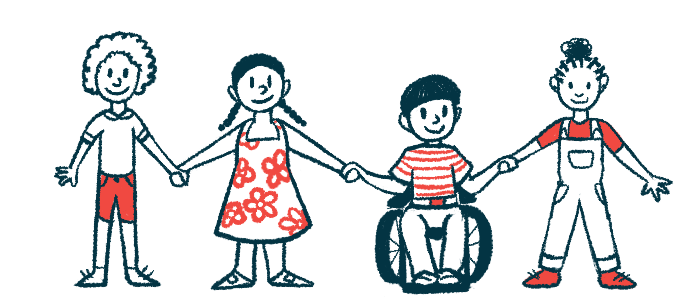Worse Dravet Cognitive, Behavioral Differences Found in Adolescence
New measures used in study could help test future therapies

Not only do young people with Dravet syndrome show cognitive, developmental and behavioral differences compared with their normally developing peers, but these differences tend to become more pronounced in adolescence, according to a new study.
“Our data indicate that the gap in adaptive function and overall intellectual development between patients with [Dravet syndrome] and neurotypical children widens with age from childhood to adolescence,” the researchers wrote.
The study also provides proof-of-principle for the use of three standardized measures of behavior and development in Dravet children. The investigators say these measures — “for assessing adaptive behavior and neurodevelopment in patients with [Dravet]” — could be used in future clinical trials testing potential therapies.
Behavioral differences in Dravet youth
“Interim results of adaptive functioning and neurodevelopment in BUTTERFLY – An observational study of children and adolescents with Dravet syndrome,” was published in Epilepsy & Behavior.
The work was funded by Stoke Therapeutics, sponsor of the BUTTERFLY study. This observational trial — which culls information but does not test any treatments — is working to collect data on how Dravet syndrome affects children and adolescents who live with this rare type of epilepsy. The study began enrolling patients in 2019.
“There remains relatively limited perspective, systematic data using repeat measures across childhood and adolescence [in Dravet syndrome]. BUTTERFLY aims to supplement this current knowledge base,” the researchers wrote.
Treatments in Dravet syndrome usually focus on preventing the seizures that are the hallmark of the disease. In addition, however, Dravet can cause other symptoms, such as delayed language and cognition skills.
In this study, scientists at Stoke and other institutions reported on three-month interim data from BUTTERFLY, with a focus on developmental and adaptive functioning outcomes.
Specifically, the team examined scores on three standardized scales: the Vineland Adaptive Behavior Scale – third edition (VABS-III); the Bayley Scales of Infant Development – third edition (BSID-III); and the Wechsler Preschool and Primary Scale of Intelligence – fourth edition (WPPSI-IV).
The VABS-III measures adaptive behaviors and is designed for all ages of patients. The BSID-III measures cognitive and motor development during the first few years of life. Meanwhile, the WPPSI-IV is a test of intellectual functioning that’s designed for early childhood.
Understanding how Dravet patients typically score on these standardized measures could be useful in clinical trials testing potential treatments, the researchers noted.
“As potential disease-modifying therapies emerge, it is important to understand the trajectory of the non-seizure comorbidities in patients with [Dravet syndrome] across childhood and adolescence and to establish optimal methods for reliably measuring the change in these parameters over time, particularly during the shortened timeframe of a clinical trial,” the team wrote.
A total of 36 children were enrolled in the BUTTERFLY study. All but one completed the three-month follow-up visit, though a few were done at a time outside the planned window for this visit. Most patients were female (61.1%), white (94.4%) and non-Latino (83.3%). All began experiencing seizures in the first year of life, and most were on multiple seizure-controlling medicines.
In all three standardized assessments, patients’ scores at the start of the BUTTERFLY study were significantly worse compared with what would be expected for typically developing children. The difference from neurotypical children was generally more pronounced for older patients.
Among Dravet patients, older patients generally scored better on these assessments, though the researchers noted that the magnitude of these differences was small compared with what would be expected for neurotypical children of a similar age. There generally were not significant differences comparing data at three months to the start of the trial.
“Many but not all patients with [Dravet syndrome] appear to gain neurodevelopmental and adaptive function skills over time, although the rate of progression in these skills appears to be much slower and lower in magnitude than that seen in the neurotypical population,” they wrote.
The team also noted that, in behavioral assessments on the VABS-III, Dravet patients generally scored better on parts of the assessment related to socialization compared with sections related to communication. “This indicates that neurodevelopmental skills are not equally affected in patients with [Dravet],” the researchers wrote.
This study “demonstrates the feasibility of utilizing the VABS-III, BSID-III, and WPPSI-IV scales for the assessment of adaptive function and neurodevelopment in patients with [Dravet syndrome] across childhood and adolescence,” the scientists concluded, adding that “the adoption of these scales could be useful for the assessment of neurodevelopment and adaptive behavior in future clinical studies.”
As of the interim data cut-off, 31 patients are still in the trial. One withdrew due to other health problems, and the others have moved to the MONARCH trial (NCT04442295), which is assessing the safety and pharmacological properties of Stoke’s experimental treatment STK-001 in young people with Dravet.







